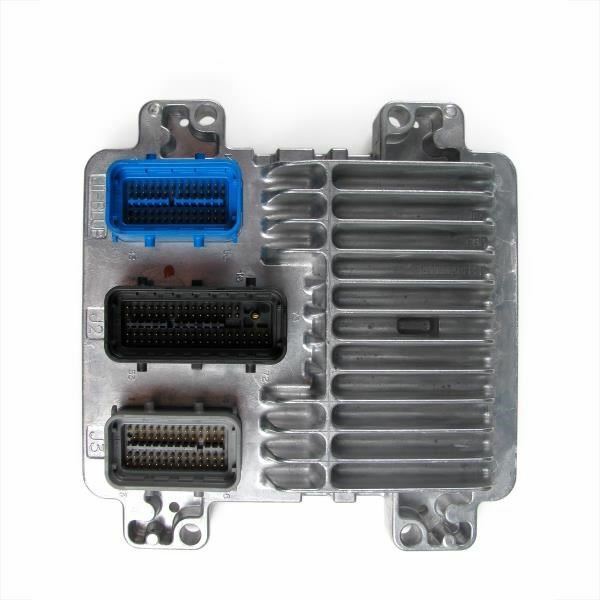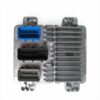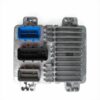Restore Your Truck’s Performance and Reliability
Is your 2006 Isuzu I-350 running rough, stalling unexpectedly, or showing a persistent check engine light? A failing Powertrain Control Module (PCM) is often the culprit, acting like a faulty brain for your truck’s engine. Don’t let drivability issues keep you off the road. This expertly programmed PCM is the definitive, hassle-free solution to restore your truck’s power, efficiency, and dependability. We program this unit specifically to your truck’s Vehicle Identification Number (VIN), ensuring it works perfectly right out of the box—no expensive trips to the dealer necessary.
Common Symptoms of a Failing PCM & Your Solution
If you’re experiencing any of the following, a faulty engine computer is the likely cause. This unit is designed to be the direct fix for these frustrating problems:
- Severe drop in fuel economy (MPG)
- Engine stalling or randomly shutting off
- Rough idling or misfires
- Failure to pass emissions tests
- Illuminated Check Engine Light (CEL) with codes like P0601, P0602, P0606
- Communication errors with diagnostic scan tools
- No-start condition where the engine cranks but won’t fire up
By ordering our pre-programmed 2006 Isuzu I-350 PCM, you are getting a reliable and cost-effective solution that directly addresses the core of these issues, getting your workhorse back in service quickly.
Features & Benefits
- ✔ Plug & Drive Installation: Arrives ready to install with no additional programming required. Simply connect it, and you’re ready to go.
- ✔ VIN-Matched for Your Truck: We use your VIN to load the exact software and calibrations for your Isuzu, guaranteeing perfect compatibility and function.
- ✔ Loaded with Latest GM Updates: Your module comes flashed with the newest software updates from the manufacturer, often improving performance and fixing known bugs.
- ✔ Solves Complex Drivability Problems: Restores smooth engine operation, proper transmission shifting, and accurate fuel delivery for a confident driving experience.
- ✔ Direct-Fit Replacement: Engineered to replace a wide range of original part numbers, ensuring you get the correct component the first time.
- ✔ This unit is backed by our one-year replacement warranty.
An Expert’s Note: We recently helped a contractor whose 2006 Isuzu I-350 was completely dead in a customer’s driveway. He had already replaced the fuel pump and crank sensor with no luck. The problem was a failed PCM that wasn’t communicating. Within minutes of installing our VIN-programmed module, the truck fired right up. This isn’t just about replacing a part; it’s about providing a precise, tailored solution that respects your time and gets you back to work.
Frequently Asked Questions
Do I need to do any programming myself?
Absolutely not. This 2006 Isuzu I-350 PCM is fully programmed to your vehicle’s VIN before it ships. It is a true plug-and-drive solution. All you need to do is install it.
How do I provide my vehicle’s VIN?
After you complete your purchase, you will receive instructions on how to send us your 17-digit VIN. We cannot ship your part until we receive this information, as the programming is essential for the part to function.
Is this the correct PCM for my truck?
This unit is a direct replacement for the 2006 Isuzu I-350 and the extensive list of compatible vehicles and part numbers shown in the fitment guide. The VIN programming process ensures 100% compatibility with your specific vehicle’s options.
What tools are required for installation?
Installation typically requires only basic hand tools, such as a socket set. The most important step is to disconnect the vehicle’s battery before you begin to prevent any electrical damage. The process is straightforward for most DIY mechanics.
What if my original part number isn’t on the list?
The provided list covers the most common part numbers. However, if you don’t see yours, please contact us with your VIN. We can verify compatibility and ensure you receive the correct module for your truck.


